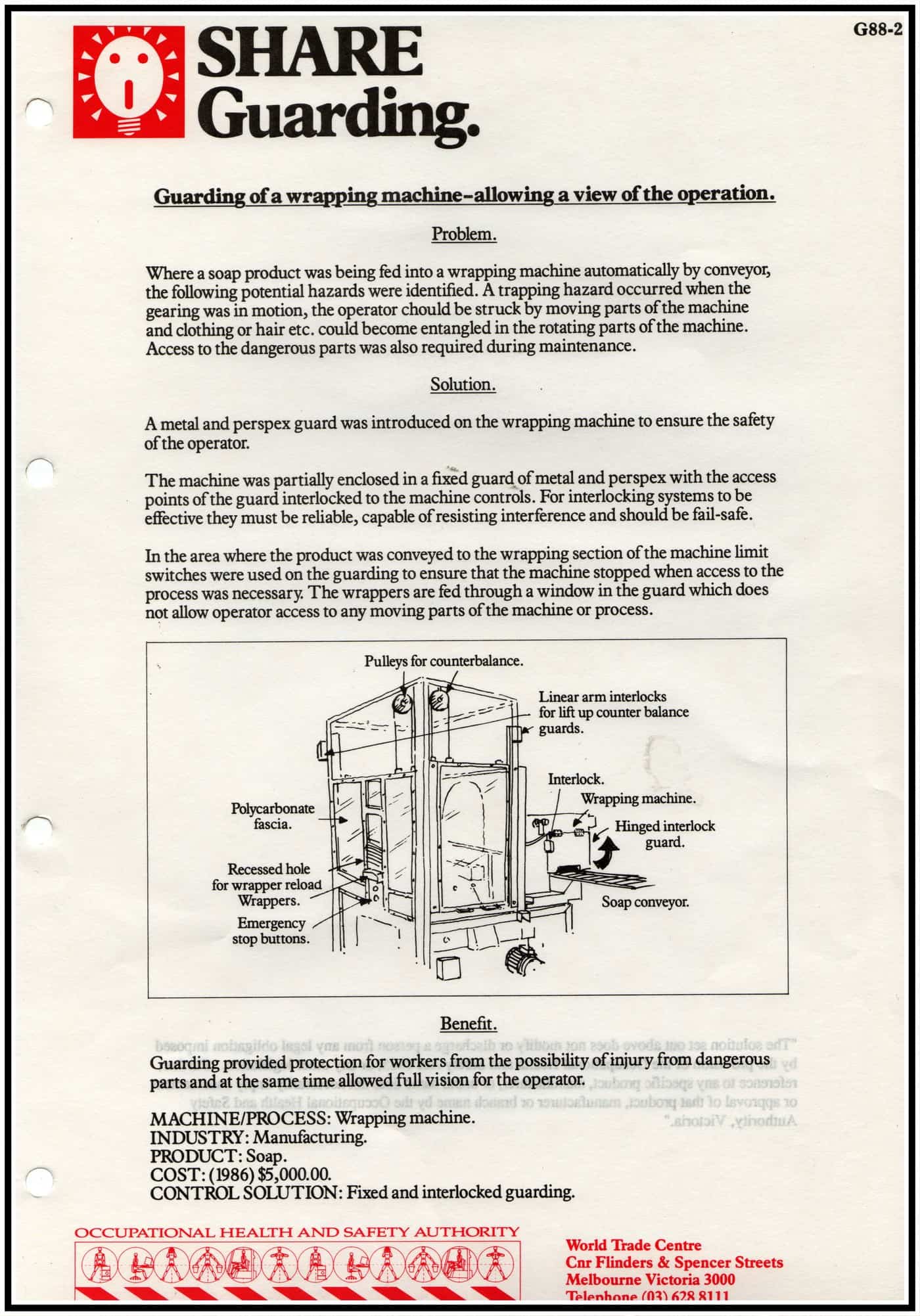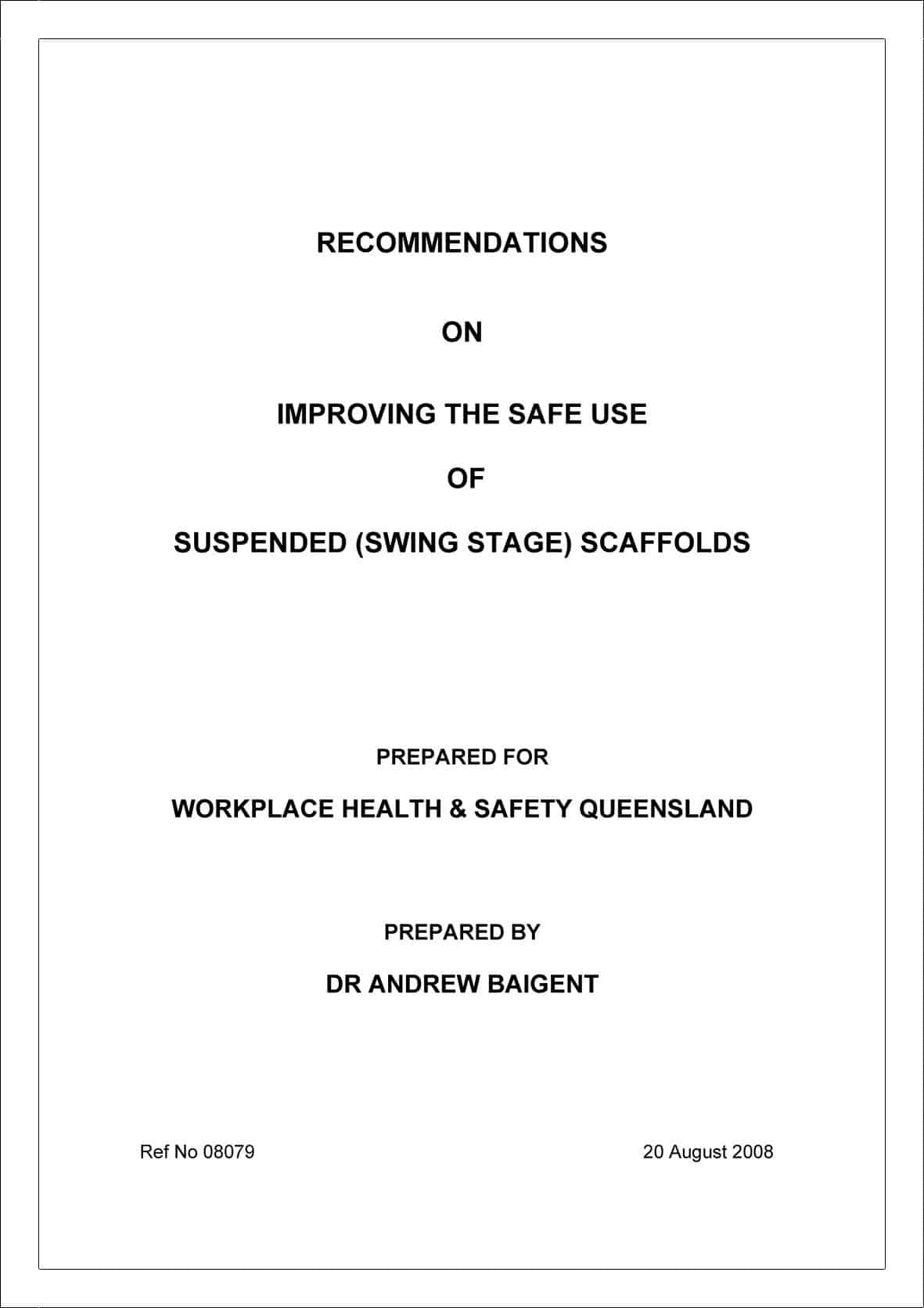Ever since modern offices have relied on air conditioning for ventilation, indoor air quality has been a contentious occupational issue from other people’s smells to thermal comfort to photocopier toner dust.
The prominence of air quality in offices as an OHS issue can be illustrated by a paragraph from the 1997 edition of Officewise when cigarette smoke remained a real hazard. No mention was made of plants.
“Air in offices may be contaminated by several different sources, including odours and micro-biological and chemical contaminants. In an office environment, the quality of the air is often controlled through an air conditioning system. A building’s air conditioning system may be considered as its lungs. The function of such a system is to draw in outside air, filter, heat, cool or humidify it and circulate it around the building. The system expels a portion of the air to the outside environment and replaces this expelled portion with fresh or outside air.”
Continue reading “Forest not required – indoor air quality and plants”



 who was the chief psychologist for the Australian Olympic team and is now an author and business adviser. In August 2009 he has a book released entitled “The Man Who Cured the Performance Review”.
who was the chief psychologist for the Australian Olympic team and is now an author and business adviser. In August 2009 he has a book released entitled “The Man Who Cured the Performance Review”.



![Media -0x1.8b5ce0p-63lert- 52392336nal[1] - crime Media -0x1.8b5ce0p-63lert- 52392336nal[1] - crime](http://safetyatworkblog.files.wordpress.com/2009/06/media-0x1-8b5ce0p-63lert-52392336nal1-crime.jpg?w=191)